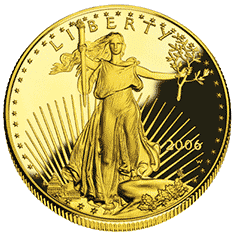Gold Is Money (Sort Of)
Few markets are as widely misunderstood and subject to as many misconceptions as the gold market. Many of these misconceptions stem from gold’s dual characteristics as a commodity and money. Is it actually correct to claim that “gold is money”? After all, it is not used as official money anywhere and barring isolated instances of payments made from digital gold accounts, it is unlikely that one will ever make payments in gold these days.
[Interview: Jeff Christian: Bull Market in Gold to Resume in 2015]
In addition to this, central banks have been intent on “demonetizing” gold, and many of the biggest central bank holders of gold (except the US) have unloaded their gold reserves for years, ostensibly in order to earn the higher returns provided by bonds. It has always struck us as odd that they would be selling gold for this reason. The primary purpose of central bank reserves should not be to produce a return, but to enhance confidence in the currency. However, central banks are remitting their profits to governments, which seems likely to have been a major reason for this repurposing of reserves.
In spite of all this, we still know that gold is money in a sense, because it trades in the market as if it were money. This is to say, it is not really money at the present time, since we cannot use it to effect payments for goods and services in the normal course of business, but it nevertheless retains its monetary character. Surely the markets are implying as much: If gold’s price were determined by fabrication demand alone (jewelry and industrial demand), it could not possibly trade at a price of ,250/oz.
[Hear: John Kaiser: Gold Rising Now on Geopolitical Risk]
In the late 1960s and early 1970s, many mainstream economists advocated the repudiation of the gold exchange standard and applauded Nixon’s decision to default on the US government’s gold obligations (“temporarily”, as he stressed at the time). It was a widely held view among them that following the official “demonetization” of gold, its price would decline from the then official fixed exchange rate between and /oz. (the /oz. price was decreed by FDR way back in the 1930s on a whim) to about to , as its price would begin to solely reflect its use value.
They turned out to be mistaken, as gold did pretty much the opposite… Continue Reading






